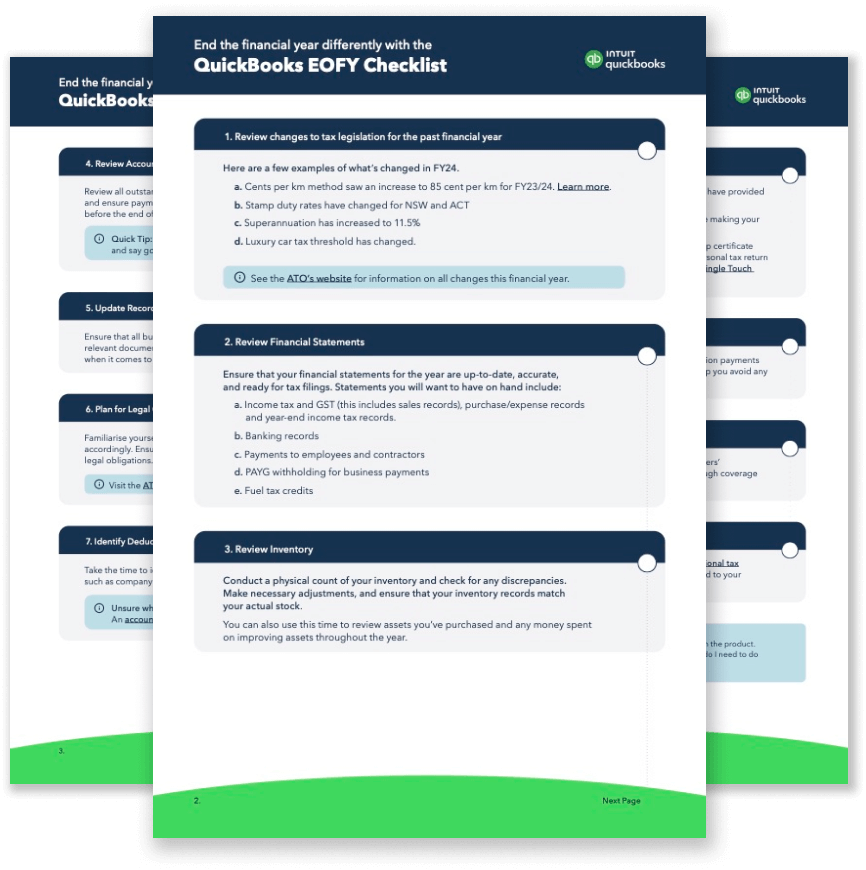What are retained earnings?
Retained Earnings definition
Retained earnings play a critical role in a company's financial health because they represent a source of capital that can be used to fund future growth opportunities.
When a company earns money, it has a few options on what to do with the profits. It can pay out dividends to shareholders, reinvest the profits back into the business, or pay off debt. Companies that choose to retain their earnings can use the money to finance future projects, research and development, and acquisitions.
Retained earnings are listed on the balance sheet and can be found in the shareholder's equity section. It is an essential factor for investors and analysts in determining the financial strength and stability of a company.
However, it's important to note that retaining earnings can also indicate that a company has fewer distributions to shareholders, which could negatively affect the stock price.
Retained earnings are considered a part of shareholders' equity and used in calculating the book value per share of a company's stock. The higher the retained earnings, the higher the book value per share, which can be an indication of a company's financial strength and stability.
Retained earnings are subject to certain legal requirements, such as the payment of dividends, which must meet the needs of creditors and be in compliance with local laws and regulations. The Board of Directors typically decides whether or not to pay dividends, and if so, how much to pay out. They also decide on the amount of earnings to retain and how to utilize these funds.
Retained earnings can also be used to finance stock buybacks, a strategy that involves a company repurchasing its own shares from shareholders. By reducing the number of outstanding shares, a company can increase its earnings per share and potentially boost its stock price.
In summary, retained earnings are an important source of capital for companies that allows them to finance their growth and take advantage of new opportunities. It is an essential factor in evaluating a company's financial strength, and investors often look to this figure when evaluating a company's future potential.









